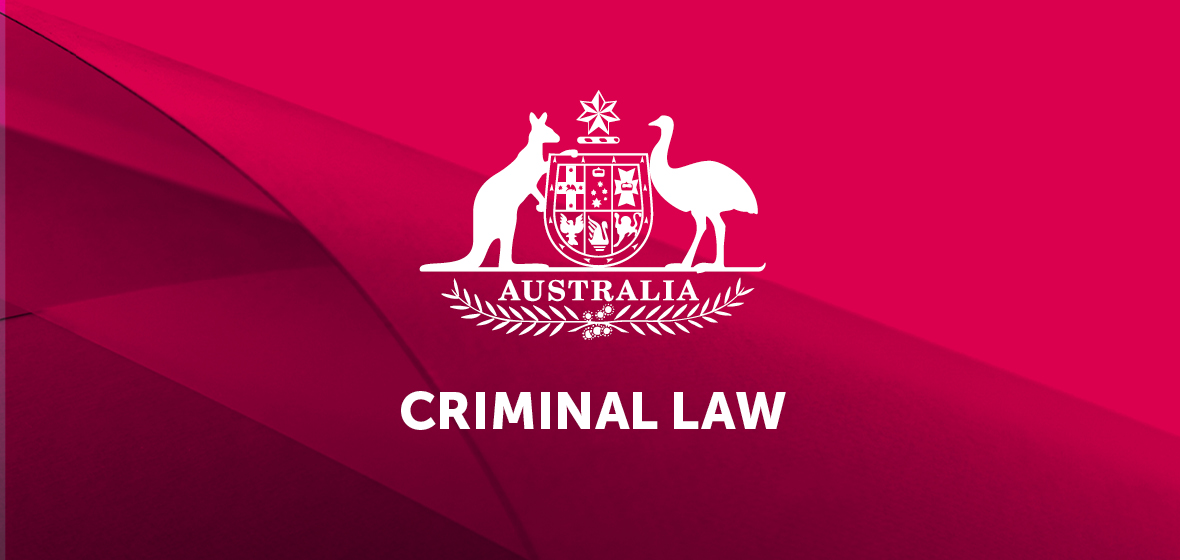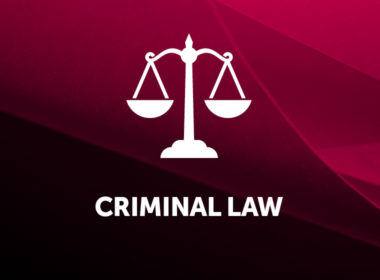Key decisions
- R v Mulligan [2016] NSWCCA 47
- R v Price [2016] NSWCCA 50
- R v BNS [2016] NSWSC 350
R v Mulligan [2016] NSWCCA 47
Must a sentencing judge take into account CCTV if there is also a statement of agreed facts? The Court of Criminal Appeal (‘CCA’) considered the question in this judgment by Harrison J (Leeming JA and Johnson J agreeing).
Whilst walking his two dogs in a suburban street, the victim encountered the offender, who was also walking his dog. Despite the best efforts of both the victim and the offender, the three dogs became entangled in a brief scuffle, which resulted in the victim restraining his dogs and standing against a parked car. Despite the apparent triviality of what had happened, the offender was evidently very upset: he took his dog to someone nearby for safekeeping, paced back and forth on the footpath, then violently confronted the victim, punching him three times to the face. The victim – unable to defend himself because he had a dog leash in each hand – suffered grievous bodily harm: several facial fractures requiring metal plates, collapsed sinuses causing lung infections, and nerve damage to his mouth causing slurred speech.
At sentence, there was a statement of agreed facts. The Crown also sought to play two minutes of CCTV footage; initially the offender agreed with that course, for his own reasons. The sentencing judge, however, took a different view and refused to watch it. Eventually, the offender gave evidence which amongst other things raised provocation by the victim. The Crown reiterated its attempt to put the CCTV before the court because now, it was said, it was all the more important because it showed a version of events which was very different from that given by the offender. Apart from again refusing to watch the video, the sentencing judge was also openly critical of the Crown’s submissions, indicating that they were inconsistent with the agreed facts and not objective or straightforward (inconsistently, the judge suggested, with the Crown’s duties).
The CCA found (at [19]) that the refusal to take into account the CCTV footage was in the circumstances a denial of procedural fairness. First, because the evidence raised by the offender raised provocation, and it was material that the Crown was entitled to call in aid of a submission rebutting that claim (at [20]).
Secondly, it was unfair to suggest that the Crown’s submissions were in breach of its duties, whilst simultaneously rejecting the evidence which was the basis of the submission.
This judgment seems to be an example of the broader principle that, unlike trials and hearings, sentence proceedings are not rigidly structured. The mere fact of agreed facts does not, in appropriate circumstances, prevent either party from going beyond those agreed facts, particularly if a failure to allow it could cause a significant injustice. On the other hand, clients who want to give evidence ought to be warned that any attempt to depart from the agreed facts could result in a worse outcome, if the Crown seeks to reply with further evidence.


